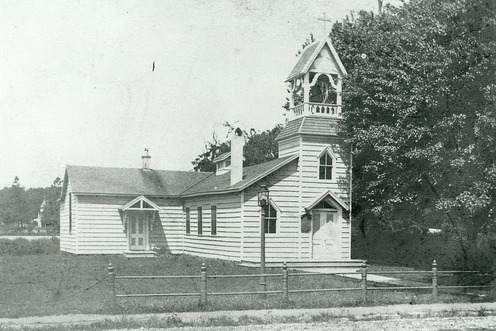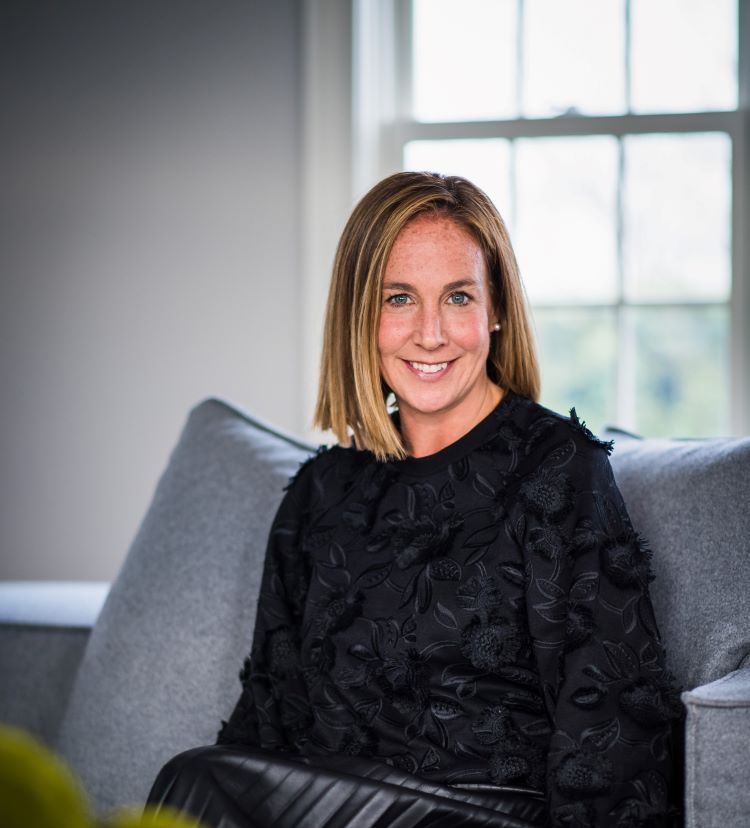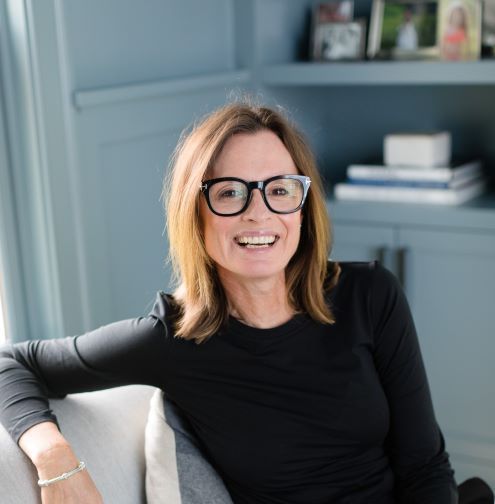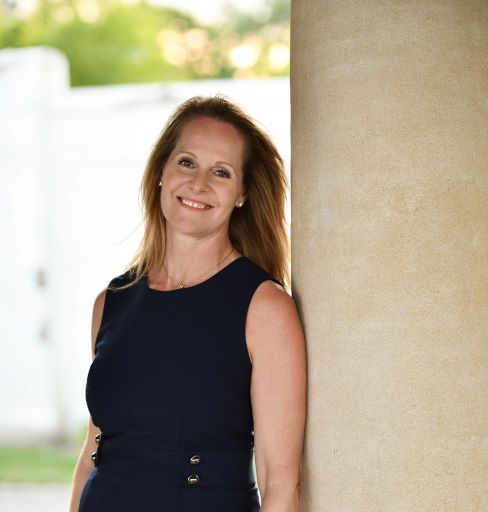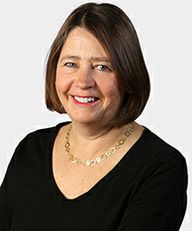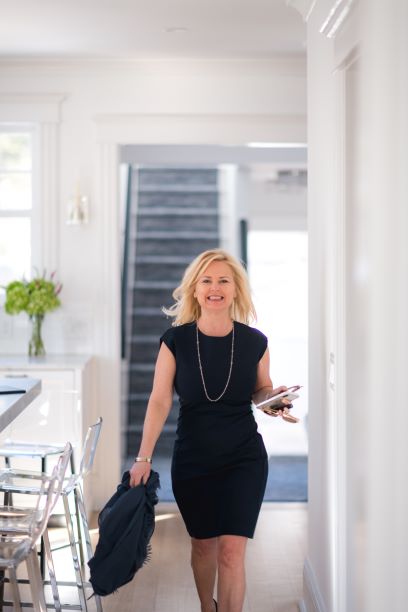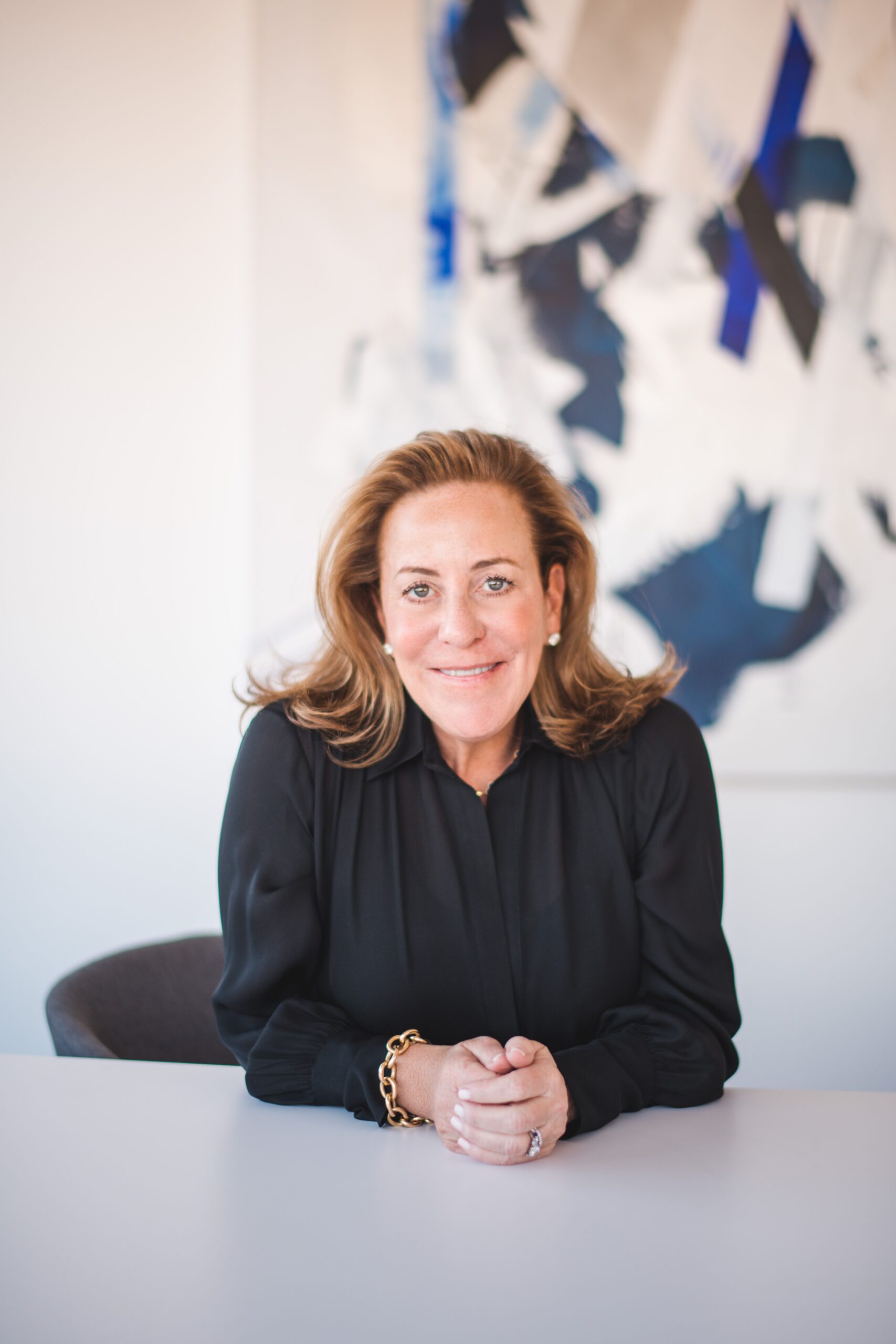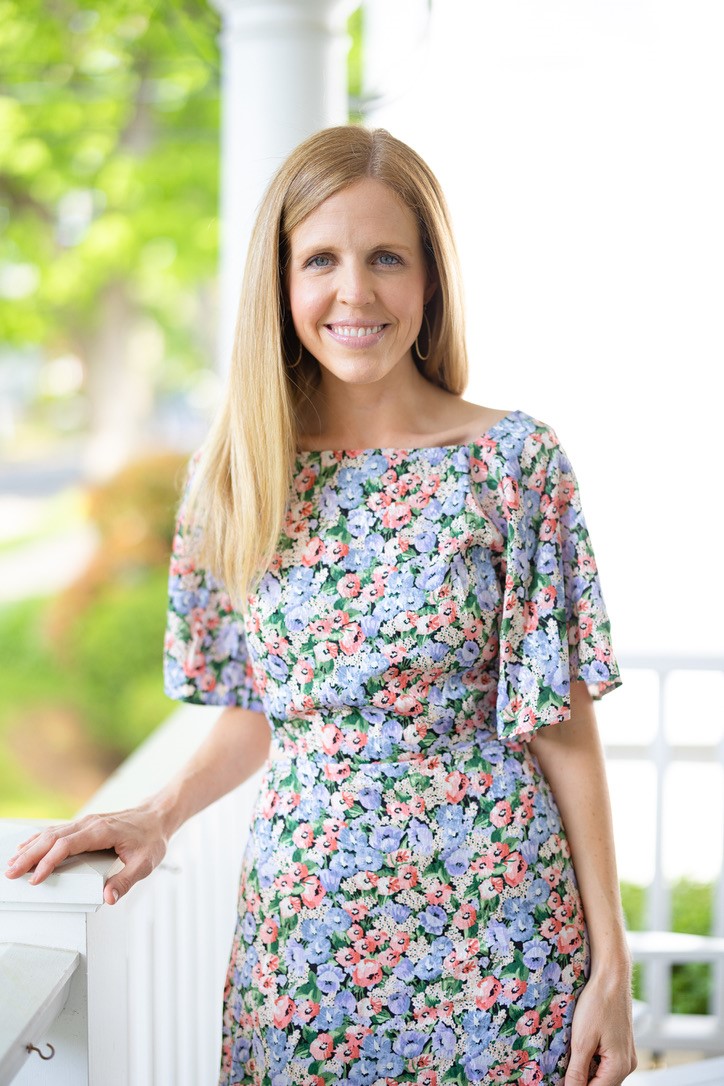 Through the generosity of an individual supporter, the Committee to Save the Bird Homestead has engaged Elmore Design Collaborative to prepare a report and plan for the historic landscape of the original Meeting House property.
Through the generosity of an individual supporter, the Committee to Save the Bird Homestead has engaged Elmore Design Collaborative to prepare a report and plan for the historic landscape of the original Meeting House property.
 Through the generosity of an individual supporter, the Committee to Save the Bird Homestead has engaged Elmore Design Collaborative to prepare a report and plan for the historic landscape of the original Meeting House property. This landscape architecture firm has worked on important historic sites both modest and grand, including the Susan B. Anthony House, the Emily Dickinson Homestead, Hancock Shaker Village, Naumkeag in the Berkshires, and the Elms in Newport.
Through the generosity of an individual supporter, the Committee to Save the Bird Homestead has engaged Elmore Design Collaborative to prepare a report and plan for the historic landscape of the original Meeting House property. This landscape architecture firm has worked on important historic sites both modest and grand, including the Susan B. Anthony House, the Emily Dickinson Homestead, Hancock Shaker Village, Naumkeag in the Berkshires, and the Elms in Newport.
The landscape firm has begun an assessment of existing conditions at the Meeting House and will compile scholarly research, including minutes, articles, historical photos, and 20th-century aerial views. Elmore’s evaluation of the historical documentation and the present-day surroundings will lead to recommendations for restoring character-defining features.
“We are very lucky to have a historical record of decisions and expenditures for Grace Chapel included in the Vestry minutes of Christ’s Church,” said Anne Stillman, president of the Bird Homestead non-profit. “We are grateful to the Church archivist Toby Webb for being very helpful to researchers.”
From the 1870s through the mid-20th century, the Meeting House building was Grace Chapel (Episcopal), which stood on a smaller parcel than it does today. The study will cover the original grounds. The Religious Society of Friends purchased the building in 1959 for use as a meetinghouse. In 1964, the Quaker Meeting bought a portion of the adjacent property to the north from the Bird family, which doubled the size of the original lot. This section is now an open woodland conservation area with a meandering path and important bird habitat.

